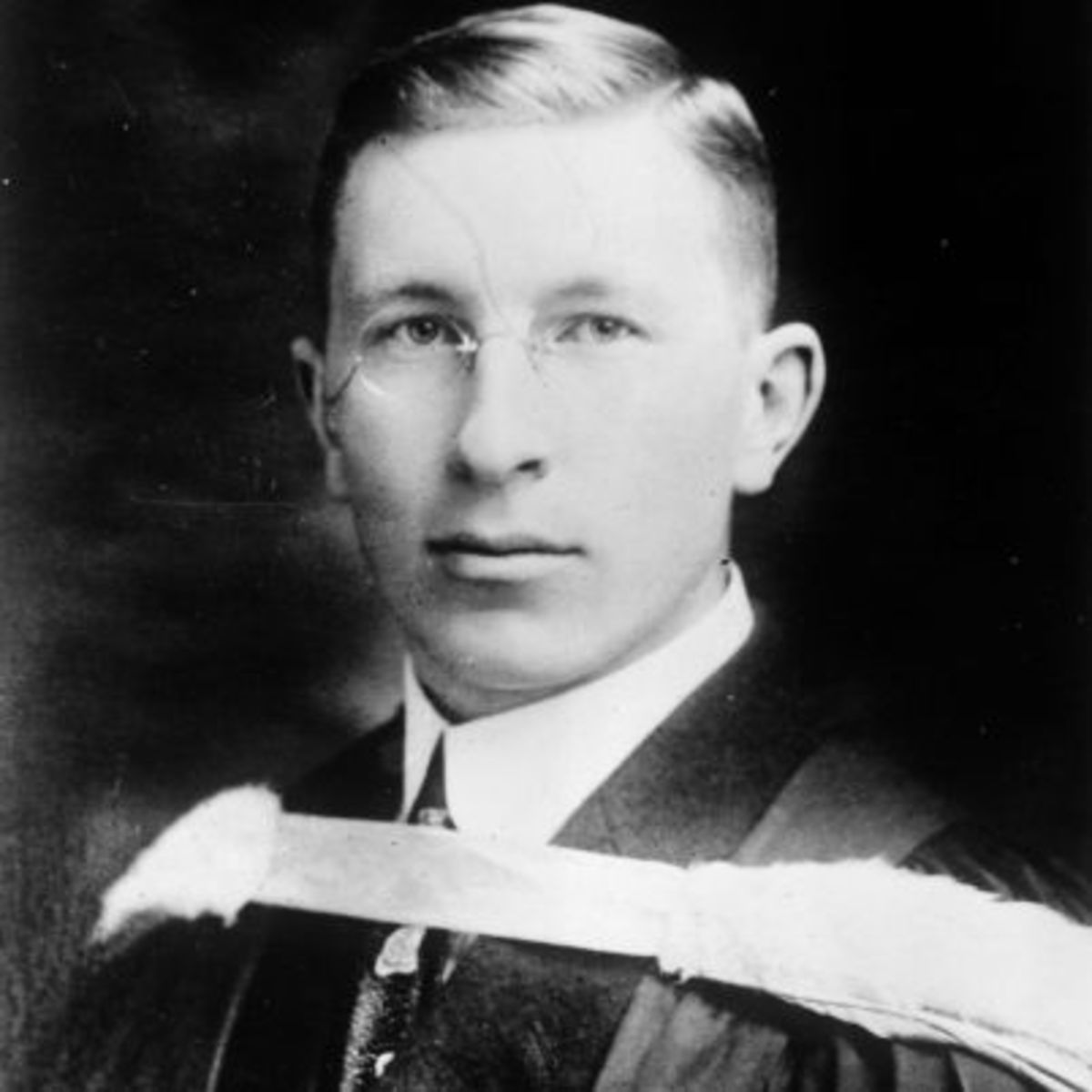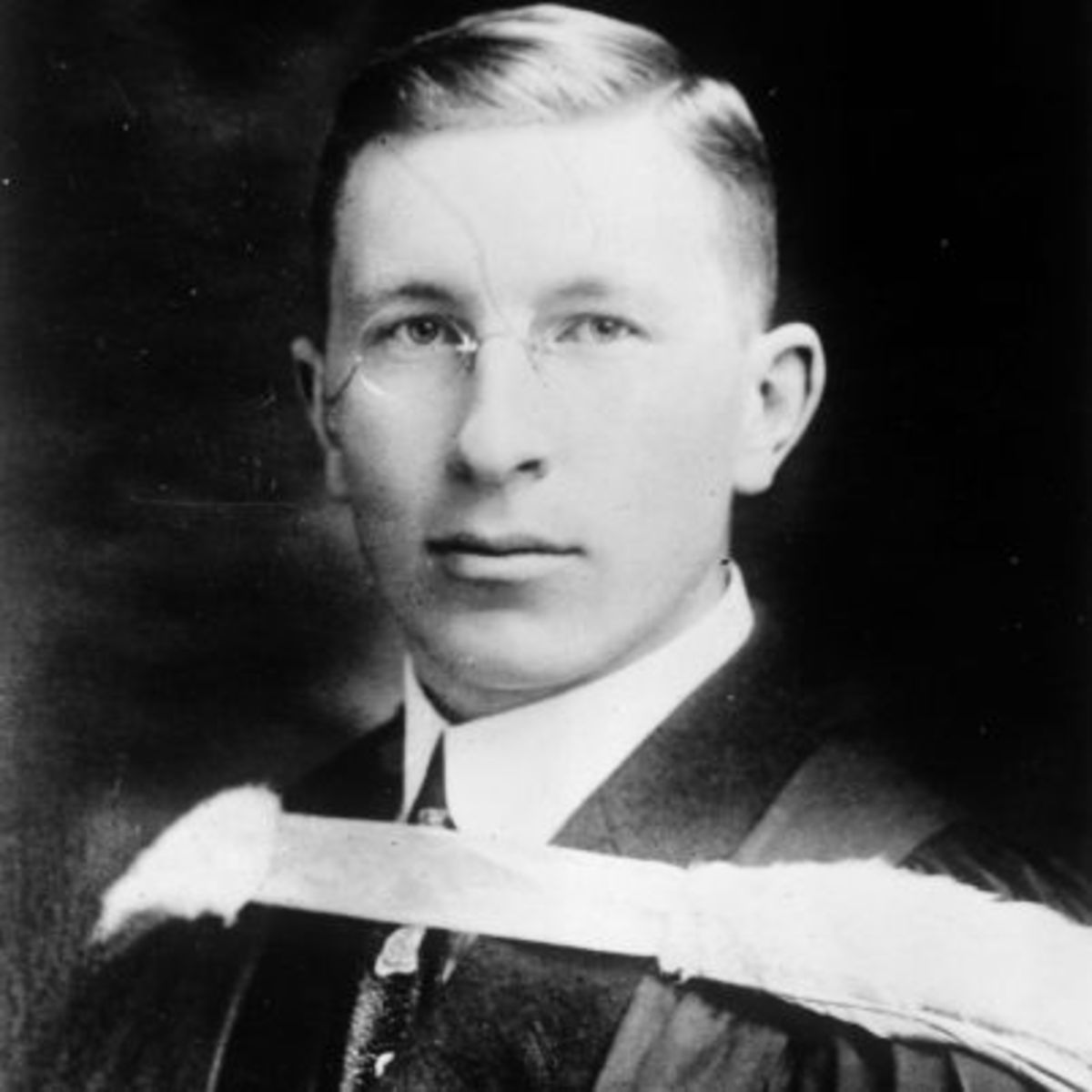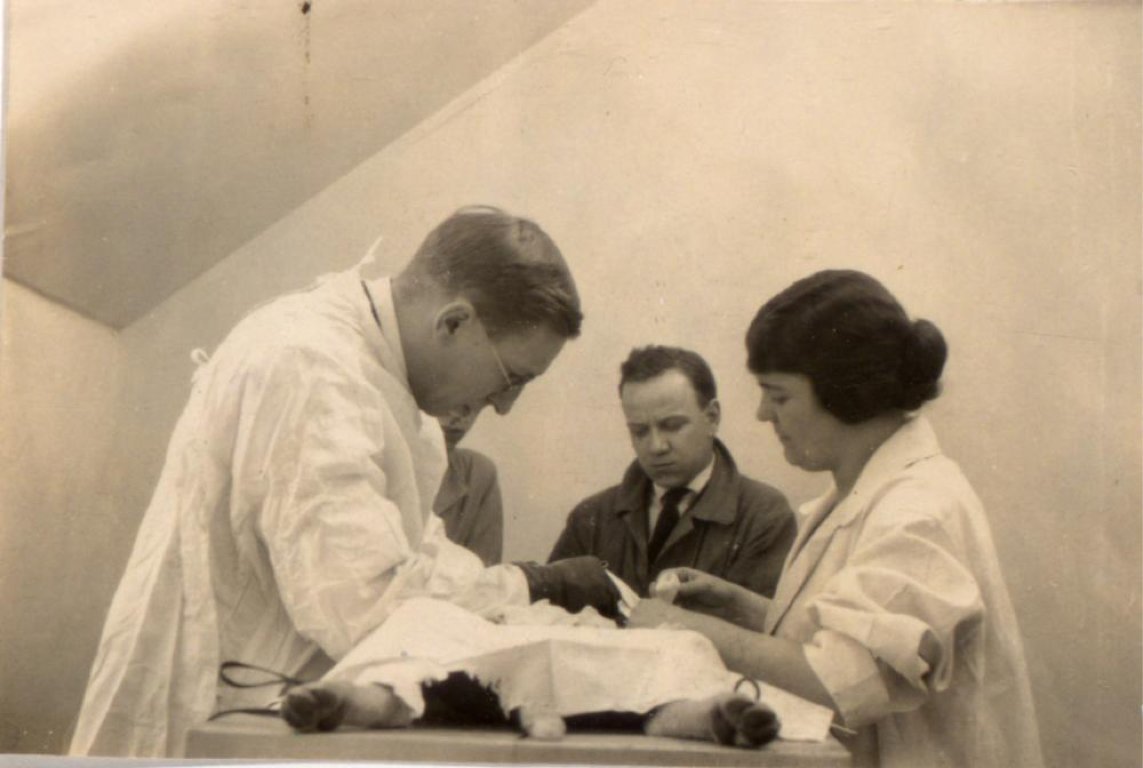The Man Who Gifted Insulin To Mankind Instead Of Selling It To Pharmaceutical Companies
Born as the youngest of five children to William Thompson Banting and Margaret Grant on November 14th, 1891 in Canada, Frederick Grant Banting was and remains to be the Youngest Nobel Laureate in the field of Physiology/Medicine. At the age of 31 he shared the Nobel Prize in Physiology with John Macleod for the ground-breaking discovery of insulin.
Early life
He took up the study of divinity in the University of Toronto after his high school but very soon transferred to medicine. In 1916, he took his M.B. degree and at once joined the Canadian Army Medical Corps to serve his nation in the first world war. In 1918, despite being wounded in the battle of Cambrai, he continued to help other wounded men for sixteen hours until another doctor advised him to stop. In the following year he was awarded the Military Cross for heroism under fire.
After the war, he returned to Canada and was for a short time a medical practitioner at London, Ontario. He studied orthopaedic medicine and was, during the year 1919-1920, Resident Surgeon at the Hospital for Sick Children, Toronto. From 1920 until 1921 he did part-time teaching in orthopaedics at the University of Western Ontario at London, Canada, besides his general practice, and from 1921 until 1922 he was Lecturer in Pharmacology at the University of Toronto. In 1922 he was awarded his M.D. degree, together with a gold medal.
The road to insulin
His interest in diabetes had taken root much earlier. The work of Naunyn, Minkowski, Opie, Schafer, and others had indicated that diabetes was caused by lack of a protein hormone secreted by the islets of Langerhans in the pancreas. To this hormone Schafer had given the name insulin, and it was supposed that insulin controls the metabolism of sugar, so that lack of it results in the accumulation of sugar in the blood and the excretion of the excess of sugar in the urine. Attempts to supply the missing insulin by feeding patients with fresh pancreas, or extracts of it, had failed, presumably because the protein insulin in these had been destroyed by the proteolytic enzyme of the pancreas. The problem, therefore, was how to extract insulin from the pancreas before it had been thus destroyed.
During this period, Frederick read an article in a medical journal written by Moses Baron which indicated that when the pancreatic duct was experimentally closed by ligatures, the cells of the pancreas which secrete trypsin degenerate, but that the islets of Langerhans remain intact. This suggested to Banting the idea that ligation of the pancreatic duct would, by destroying the cells which secrete trypsin, avoid the destruction of the insulin, so that, after sufficient time had been allowed for the degeneration of the trypsin-secreting cells, insulin might be extracted from the intact islets of Langerhans.
Frederick discussed this idea with several people which included Professor John Macleod at the University of Toronto who gave him the facilities to work on his research. Dr Charles Best who was then a medical student was appointed as frederick’s assistant.
The breakthrough happened in 1921 when the insulin was first extracted and in 1922 a diabetic teenager Leonard Thompson became the first person to receive an insulin injection as a treatment for Type 1 diabetes.
The Nobel Prize and after
In 1923, Frederick Grant Banting and John Macleod shared the Nobel Prize in Physiology for the successful extraction of insulin. On hearing this Frederick went into a rage as he thought that Macleod had not done enough to deserve the prize and decided to split half of his prize money with Charles Best.
Frederick was also knighted by King George the fifth in 1934 for his outstanding discovery. He was offered huge sums of money for the patent of insulin. They proposed an insulin clinic with Banting in charge, and would make the medicine available to all who could pay for it. Banting, however, said that insulin was his gift to mankind, and it would be available to everyone who needed it rather than a commodity for anyone’s profit.
Painting and other pursuits
In order to escape from the pressures of work, Sir Frederick took up painting. He went on to develop a keen interest in painting and became friends with The Group of Seven – a group of painters, including A Y Jackson and Lawren Harris, who specialised in depictions of the Canadian landscape. He and Jackson travelled Canada together, painting the Canadian Rockies and Northern landscape.
Sir Frederick also developed an acute interest in aviation medicine and studied the physiological problems encountered by pilots working in high altitudes. He led the Royal Canadian Air Force’s Clinical Investigation Unit and helped Wilbur Franks develop the G-suit to stop pilots’ blacking out in flight. During World War Two he also helped develop treatments for mustard gas burns, even testing the gas and remedies on himself.
Tragic death
Sir Frederick was travelling to England to conduct tests on a flying suit when the plane he was in crashed after both its engines failed.
The navigator and co-pilot died instantly, while Sir Frederick and the pilot survived the initial impact. Sir Frederick succumbed to injuries and died the day after the crash on 21st February 1941.
A man of diverse interests and an impeccable mind for innovation passed away in the line of his work. His focus and dedication led to a solution for a disease that was feared for its fatality. His generosity gave the world insulin that was not only accessible to the rich but to everyone who needed it.
The Logical Indian salutes this man for one of the greatest discoveries in the field of medicine.
Sir Frederick continues to inspire leagues of researchers and shall never be forgotten.
 All section
All section
















